If you’re questioning your partner’s behaviour, especially towards your beloved pets, pay attention. Survivors of domestic violence often reflect on early warning signs they missed, particularly those involving their partner’s treatment of animals. Have you seen any of these red flags?
1. Cruelty Towards Pets
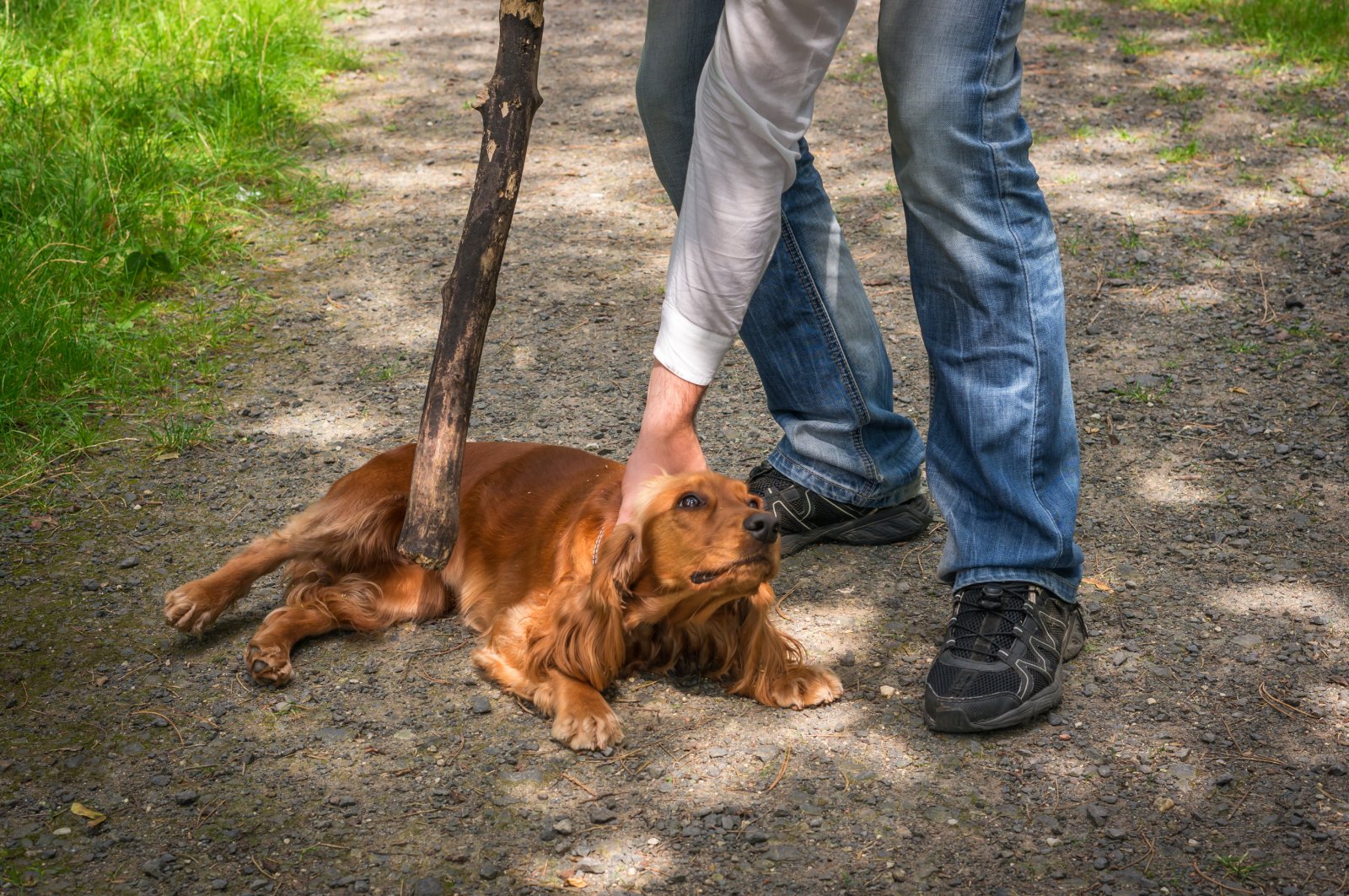
Over 85% of pet-owning women in shelters reported pet abuse in their household—don’t ignore the signs. Abusers often reveal their true nature through cruelty to animals, showing a willingness to inflict pain. According to the RSPCA, over 100,000 cases of animal cruelty were reported in the UK in 2022. This behaviour is a significant red flag, indicating a potential for violence towards people as well.
2. Sudden Temper Flare-Ups
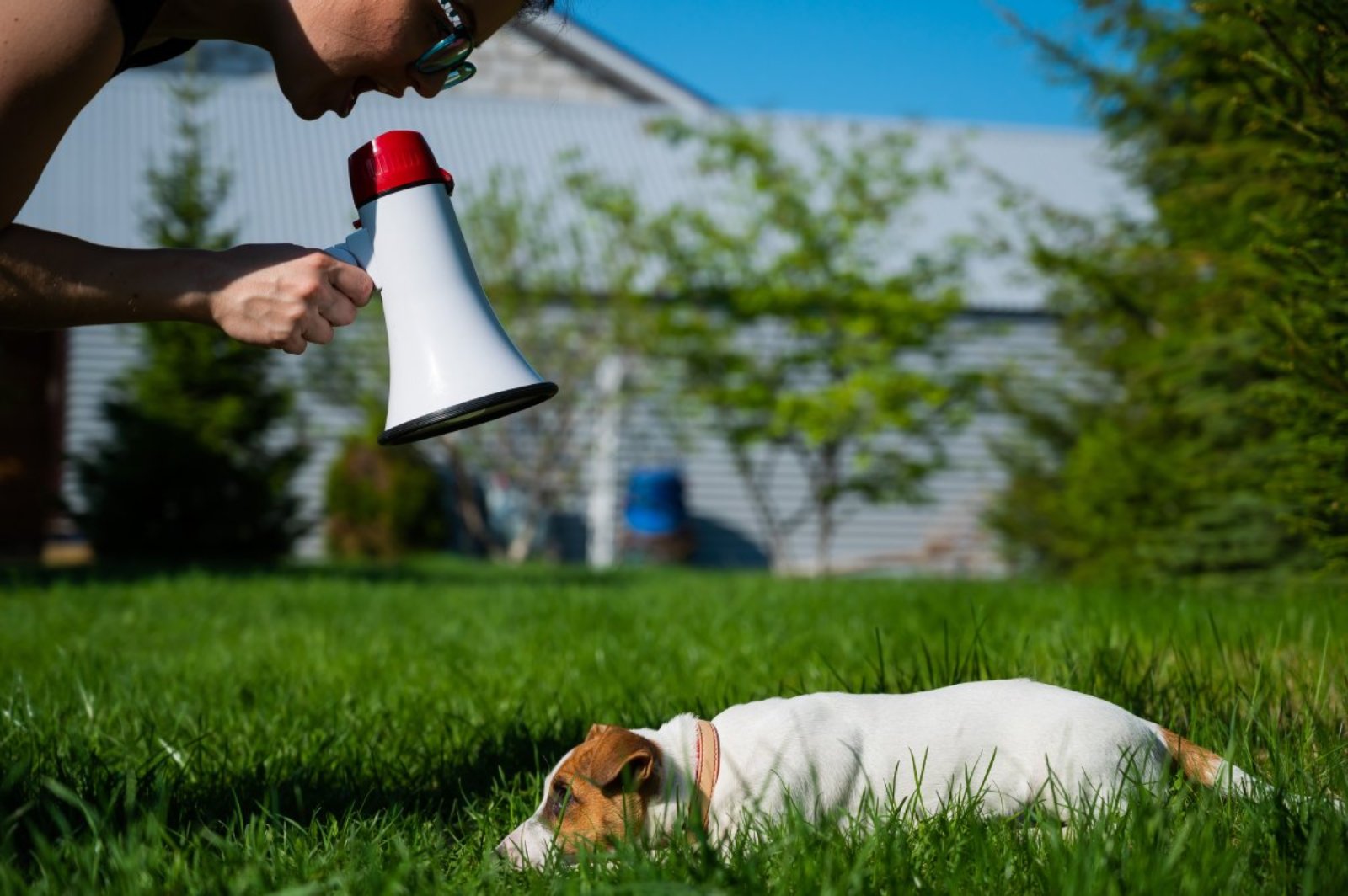
Partners who lose their temper quickly and take it out on pets can be extremely dangerous. Such outbursts are often a precursor to more severe forms of abuse, with studies showing that 71% of pet-owning women entering domestic violence shelters reported their abuser had threatened, harmed, or killed their pet.
3. Jealousy of Pets

An abuser may express jealousy over the attention given to pets, leading to resentment and hostility. This misplaced jealousy often results in negative behaviour towards both the pet and their owner. Have you noticed your partner being unusually resentful of the time you spend with your pet?
4. Threats to Get Rid of Pets

Threatening to abandon or dispose of pets is a manipulative tactic used to control and instil fear. In many cases, these threats are used to coerce compliance and submission from the victim, as highlighted by domestic violence helplines.
5. Threats to Harm or Kill Pets
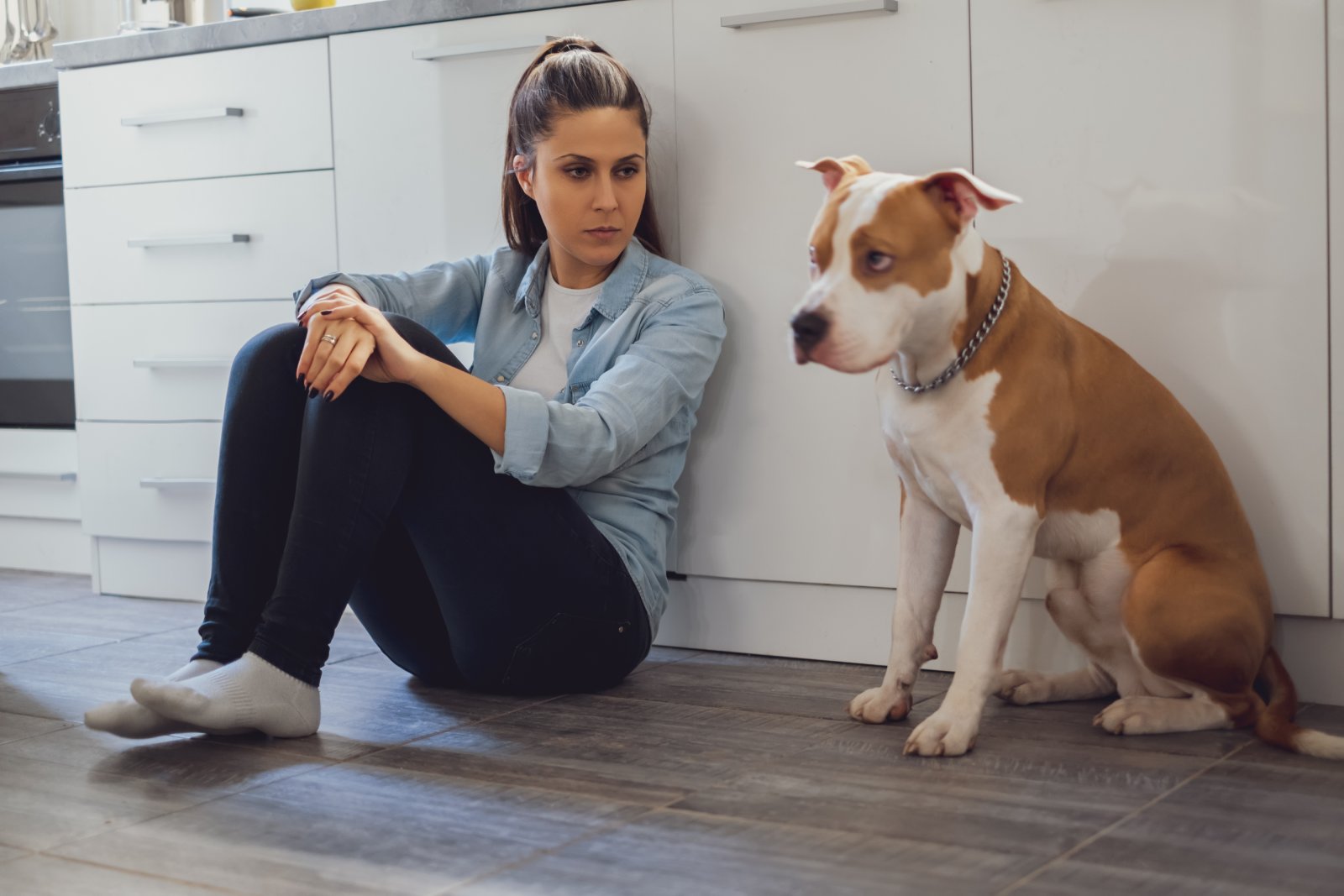
Using threats to harm or kill pets as a form of intimidation is common. This creates an environment of fear and helplessness for the victim. The connection between animal abuse and domestic violence is so strong that 85% of women entering shelters reported pet abuse in their household.
6. Threats to Children About Pets
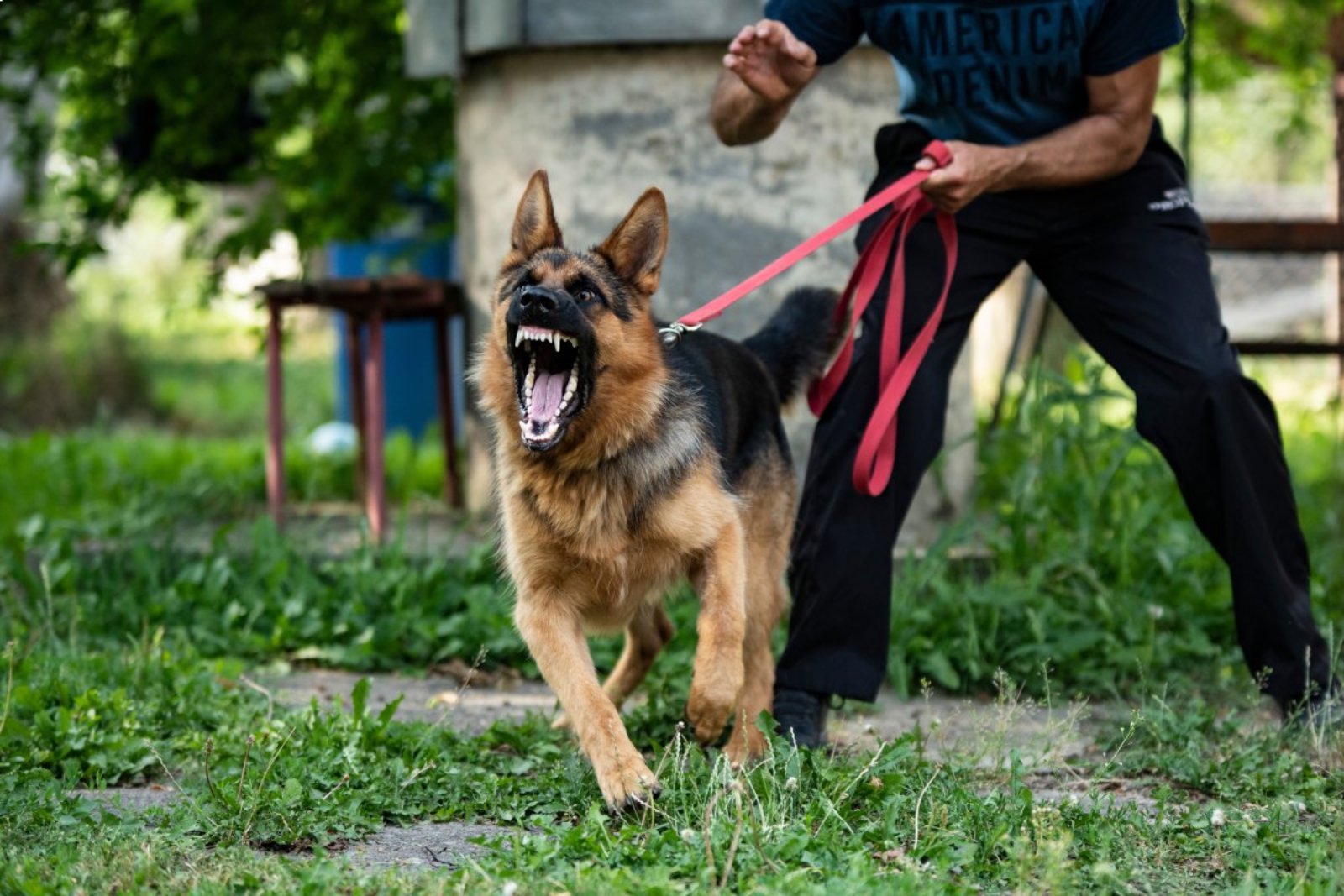
Abusers often use threats involving pets to manipulate and scare children. This can include threats to harm or get rid of the pets if children do not comply with the abuser’s demands. Such behaviour instils fear and trauma in both children and pets.
7. ‘Losing’ Pets

An abuser may claim that pets have run away or been lost as a form of punishment. This tactic is used to cause emotional distress and demonstrate control. This type of emotional manipulation is a common tactic to maintain dominance over the victim.
8. Blaming Pets for Problems

Blaming pets for household issues or problems is a common justification for an abuser’s anger. This irrational blame can escalate into physical violence against the animals. It often reflects deeper abusive tendencies towards everyone in the household.
9. Overreactions to Minor Issues

Extreme overreactions to minor incidents, like barking or accidents, indicate a volatile and potentially abusive personality. These disproportionate reactions are a warning sign of deeper issues. Have you seen your partner react violently to small mistakes made by your pets?
10. Laughing at Animal Pain or Discomfort

Finding amusement in a pet’s pain or discomfort is a disturbing sign of cruelty. This lack of empathy can also extend to human victims, indicating a broader abusive tendency. In many cases, this behaviour correlates with a higher risk of domestic violence.
11. Unhealthy Interest in Hunting Pets
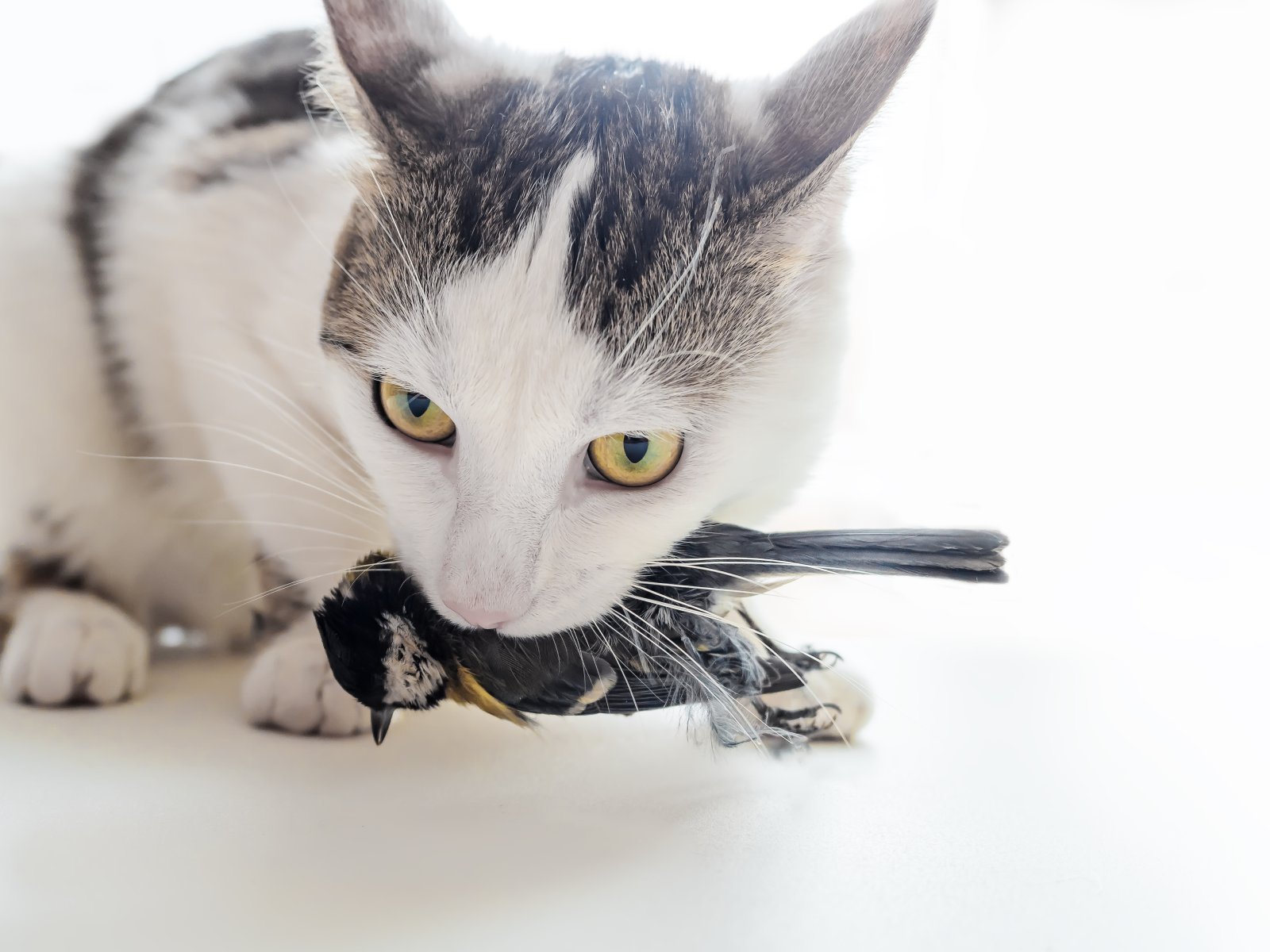
A keen interest in pets used for hunting, especially with a focus on the violence involved, reveals a fascination with dominance and control. This can reflect broader violent tendencies. The link between hunting and aggressive behaviour has been observed in numerous studies.
12. Unemotional Around Pets in Pain

A complete lack of empathy or emotion when pets are in pain or distress is alarming. This indifference to suffering often indicates broader sociopathic behaviour. If your partner is unfazed by your pet’s pain, it could signal serious underlying issues.
13. Using Pets to Control Victims
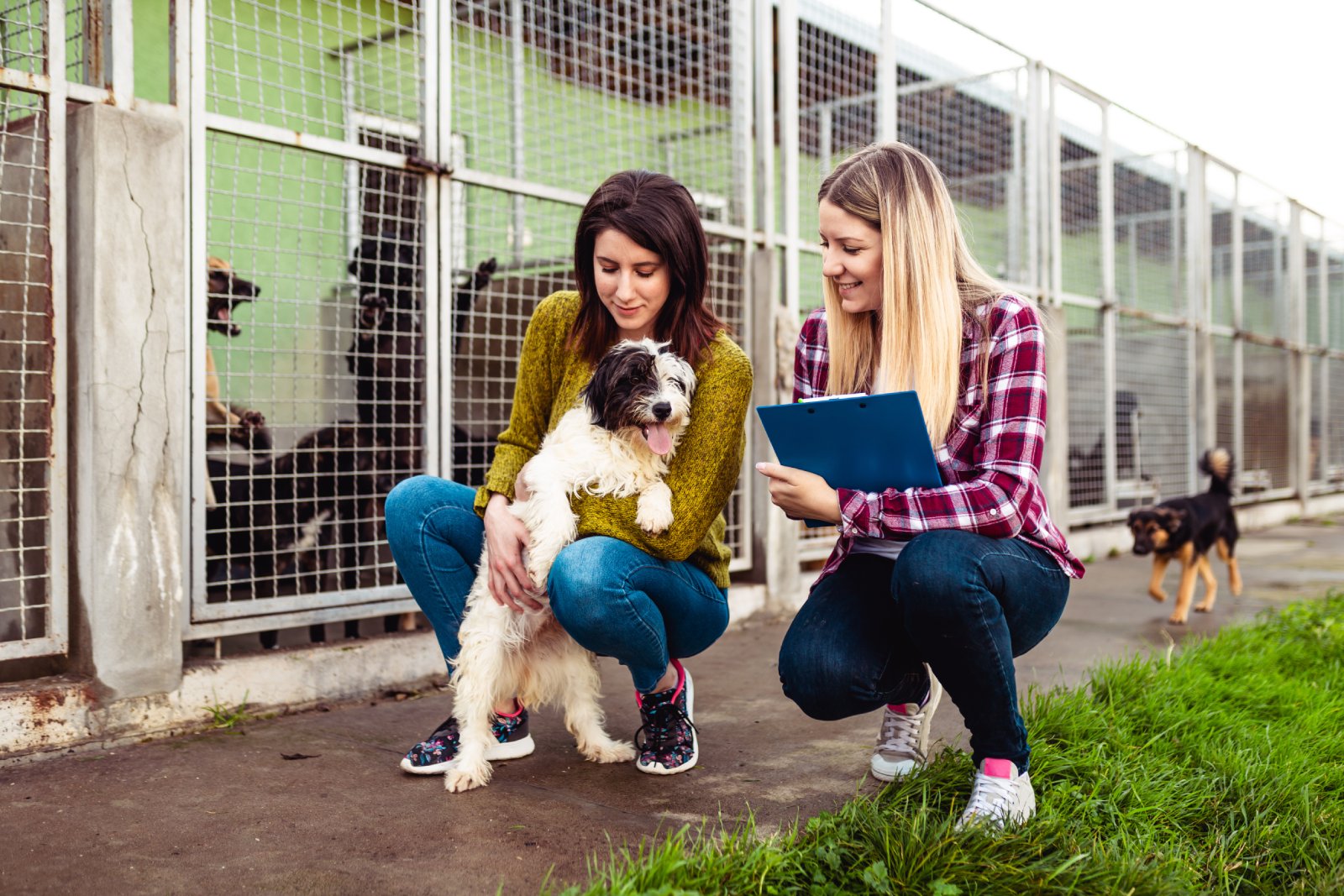
Abusers frequently use pets as leverage to manipulate and control their victims. This can include withholding care or threatening the pets’ well-being to ensure compliance. This form of control is designed to exploit the victim’s emotional bonds with their pets.
14. Isolating Victims and Pets

Forbidding trips to the vet or isolating pets from friends and family is a common control tactic. This isolation increases dependence on the abuser and limits external support. Isolation is a significant red flag in abusive relationships.
15. Neglecting Pets

Deliberate neglect of pets’ needs as a form of punishment or control is common. This neglect can lead to severe health issues and emotional distress for the pet and owner. In 2023, over 2.1 million people in England and Wales experienced domestic abuse, highlighting the prevalence of this issue.
16. Viewing Pets as Objects

Seeing pets purely as objects or possessions rather than living beings with needs and feelings is dangerous. This objectification can extend to how the abuser views and treats their human victims. It is a significant indicator of abusive behaviour.
17. Enforcing Strict Rules on Pets

Imposing unreasonable and harsh rules on pets, and severely punishing them for minor infractions, indicates a need for control and dominance. This rigidity is often a precursor to broader abusive behaviour. If your partner enforces harsh rules on your pets, it could be a warning sign.
18. Demanding Unconditional Loyalty
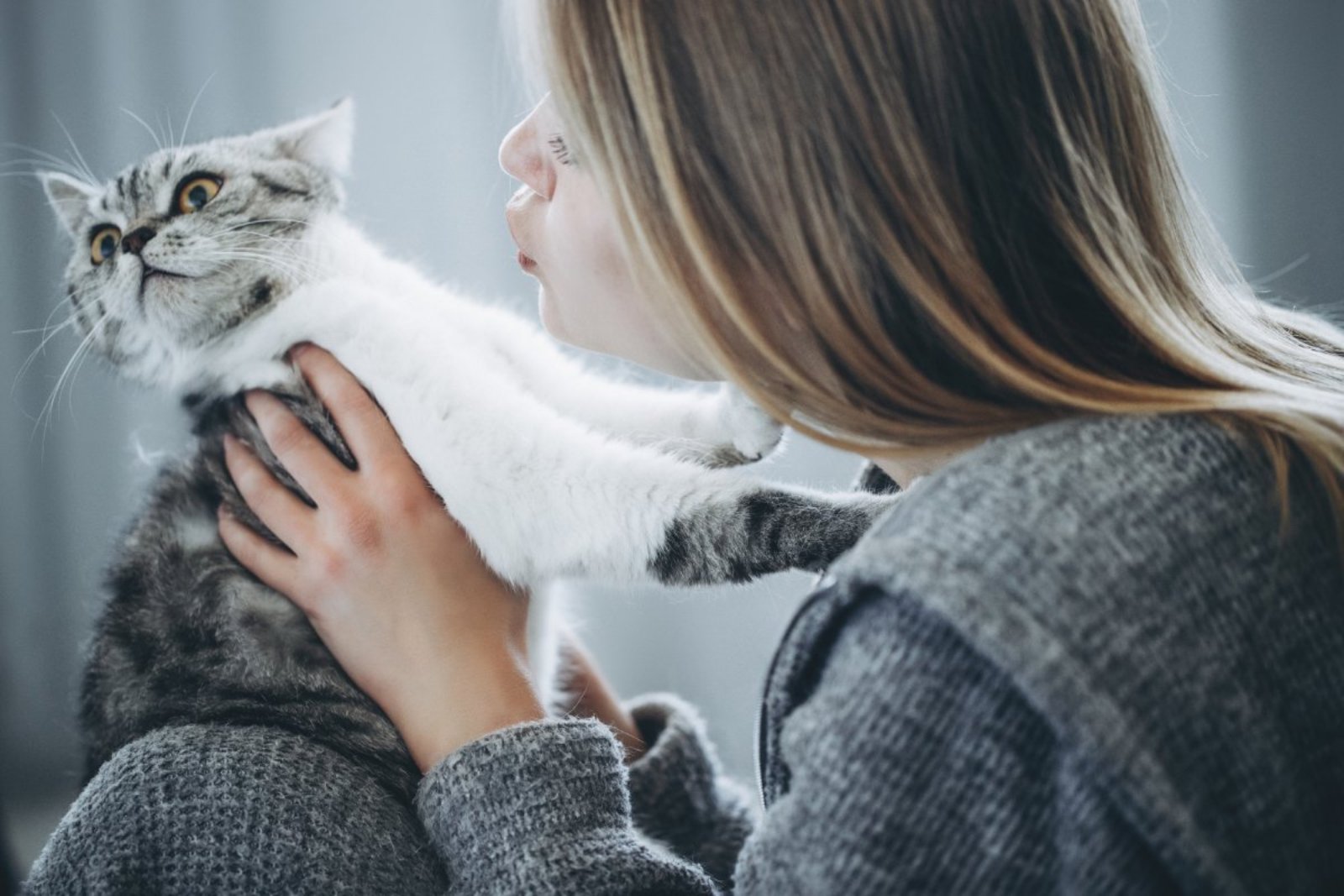
Expecting pets to show unconditional loyalty and punishing them when they don’t reflects an authoritarian and abusive attitude. This unrealistic demand for loyalty often extends to human relationships as well. Such behaviour underscores an abuser’s need for control and dominance.
Recognising the Red Flags

Understanding these behaviours can help identify abusive patterns early and seek help. If your partner’s treatment of pets raises any of these red flags, it might be time to reassess the relationship and prioritise the safety and well-being of both you and your pets. Seek help from domestic violence services like Women’s Aid or the National Centre for Domestic Violence (NCDV).
Featured Image Credit: Shutterstock / Viktor Gladkov.
For transparency, this content was partly developed with AI assistance and carefully curated by an experienced editor to be informative and ensure accuracy.

